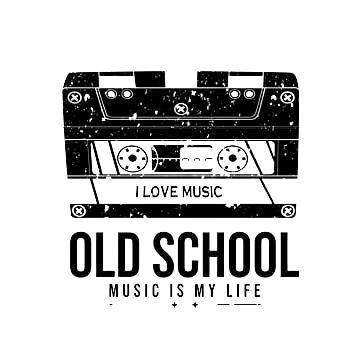‘She’s Leaving Home’ is one of the most distinctive songs on The Beatles’ legendary 1967 album Sgt. Pepper’s Lonely Hearts Club Band. It marks perhaps the furthest the band went in their experimentation with elements of classical music while telling the heartbreaking story of a teenager on the run from her parents.
John Lennon and Paul McCartney took inspiration for the song from a real newspaper report about runaway Melanie Coe, and from there, they backed up their tale with a melancholic orchestral arrangement.
In fact, all of The Beatles refrained from contributing instrumentation themselves to the song’s recording, allowing the classical orchestration to do the work for them. Lennon and McCartney sing two separate vocal parts, with the former mimicking the voice of the missing girl’s parents as the countermelody in the song’s chorus.
The track also starts with a distinctive hook played on a mysterious, ethereal-sounding instrument which makes a sound rarely heard in pop music at the time. Session musician Sheila Bromberg was the player, and she later told the BBC she had no idea that she was booked to play on a Beatles song. “You never knew who you were going to play with,” she recalls.
So, what instrument was she playing?
Bromberg played the harp on the song, which was one of the very few instances that this instrument was ever used on a Beatles track. Another standout example is ‘Good Night’, the closing track on 1968’s self-titled White Album, which features saccharine, Disneyesque orchestral flourishes following John Lennon’s request.
The harpist remembers meeting Paul McCartney in Abbey Road Studio Number 2 prior to the recording session. The Beatle was trying to figure out what exactly he wanted for the harp intro to ‘She’s Leaving Home’. Whatever version of her part Bromberg played, McCartney would reply with, “No, I don’t want that. I want something…”
McCartney’s perfectionism became apparent throughout the session, as he kept the entire orchestra going over their parts repeatedly for three hours until the lead violinist refused to play on past midnight. “Well, spose that’s that, then,” Bromberg recalls McCartney telling them.
Ironically, the harp sound The Beatles settled on was recorded with the very first take of the session. Producer George Martin and engineer Geoff Emerick had simply doubled up the part with a fractional delay between the original and the double, providing the effect that McCartney was after all along.
“Clever,” Bromberg surmised. But what else would we expect from The Beatles and their studio magicians?

